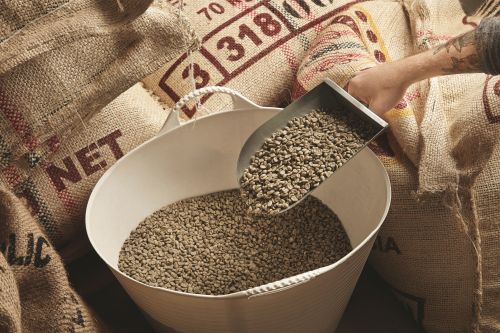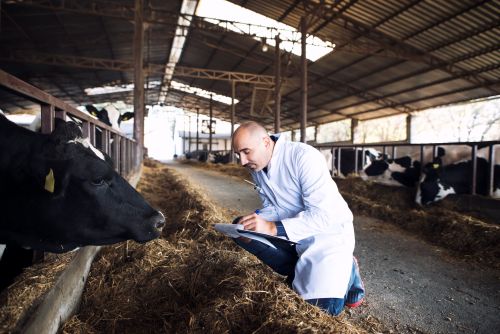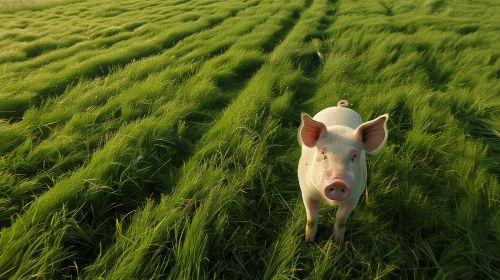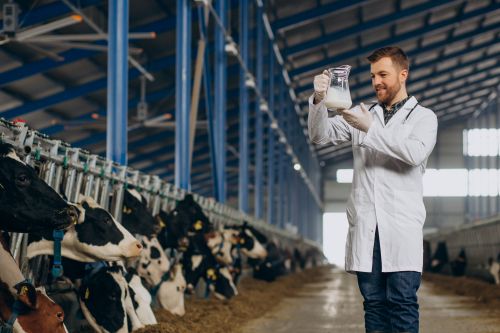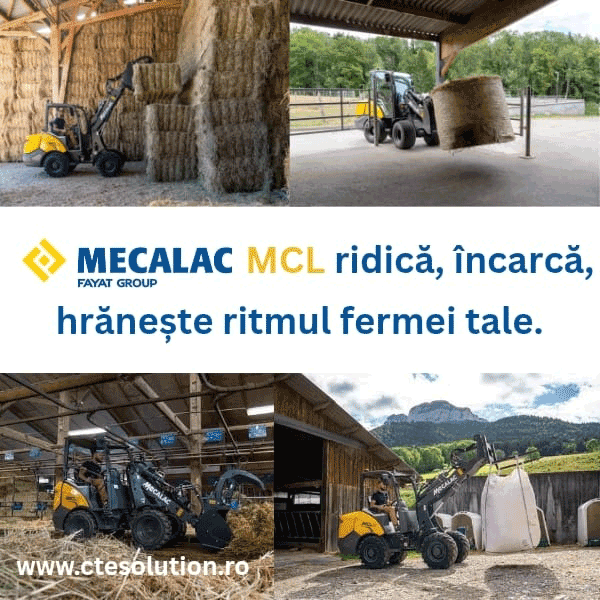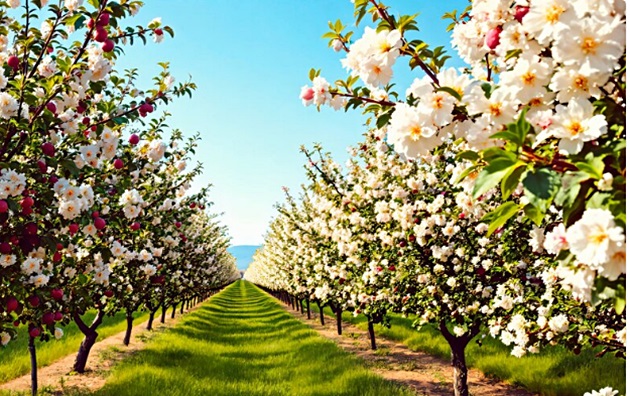
May Mornings in the Orchard: A Season of Care and Quiet Promises
May mornings carry a special kind of light. The sun’s rays gently caress the leaves, and the scent of freshly worked earth lingers over the neat rows of apple, plum, and cherry trees. After the restlessness of winter and the shy stirrings of spring, the orchard now enters a time when the farmer's hand must watch over the trees—carefully, skillfully—for the sake of the coming harvest, say fruit-growing specialists.
The Trees’ “Decision”
May is the month when trees reveal what they’ve decided for the year. If you know what to look for, you can tell at a glance whether it's going to be a good season.
The first step is corrective pruning. While the main pruning takes place in February and March, now is the time to remove the water sprouts that have grown chaotically. “A greedy shoot steals the sap and bears no fruit. You have to cut it quickly, or it’ll keep you busy all year.”
Next come the phytosanitary treatments. During this period, fruit trees are particularly vulnerable to pests and diseases. Monilinia in cherries and plums, powdery mildew in apples, fire blight in quinces—all lurk beneath young leaves. “We don’t spray just for the sake of spraying. We choose targeted solutions, preferably organic—like copper or sulfur—and apply them during the cooler hours, in the morning or evening. The bees must be protected.”
Then, there's the manual hoeing. In traditional, non-herbicide orchards, the soil must be loosened. “Roots need air. And weeds, if you let them, will choke your trees. It’s like life—if you don’t pull out what doesn’t belong in time, it overwhelms you.”
In a corner of the orchard, under a cherry tree already bearing tiny fruit, a woman ties branches with thin string. “So they won’t snap when the rains come. Cherry trees bear heavily and are sensitive to wind.” It’s a small gesture, but one that can save dozens of kilograms of fruit. In the orchard, every action counts.
Fertilization also takes place—but with care. “Too much nitrogen and the trees go wild. They grow leaves and forget the fruit.” Nelu uses compost he prepared last fall. “What comes from the earth, goes back to the earth.”
And perhaps most important of all: monitoring. “A sick tree will tell you. Its leaves yellow, its tips wilt, its bark cracks. If you’re paying attention, you’ll catch it in time.”
At noon, stillness settles over the orchard. In one corner, a swarm of bees hovers peacefully among the late blossoms of an autumn pear tree. Overhead, the sun melts the last traces of dew. Work in the orchard is never rushed—but it is always steady.
